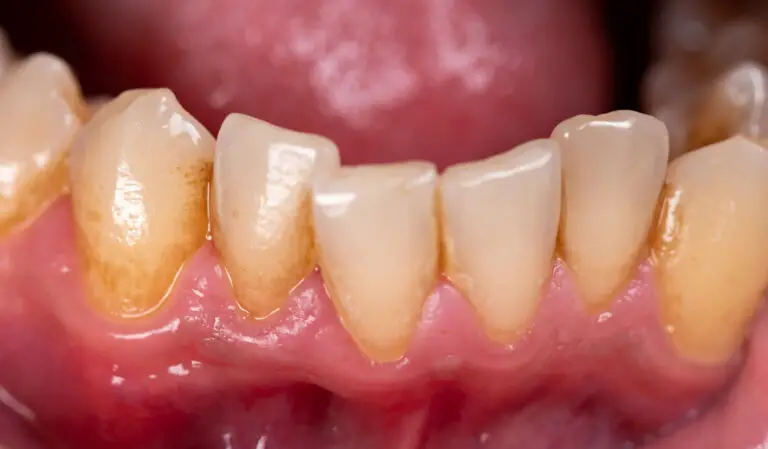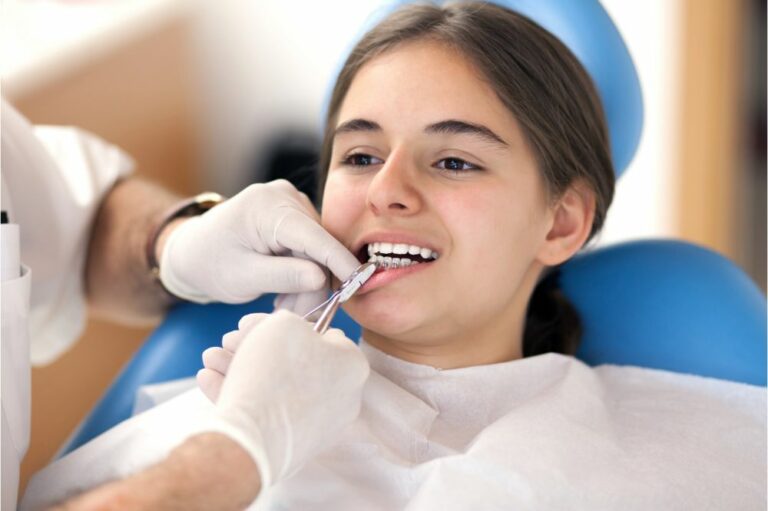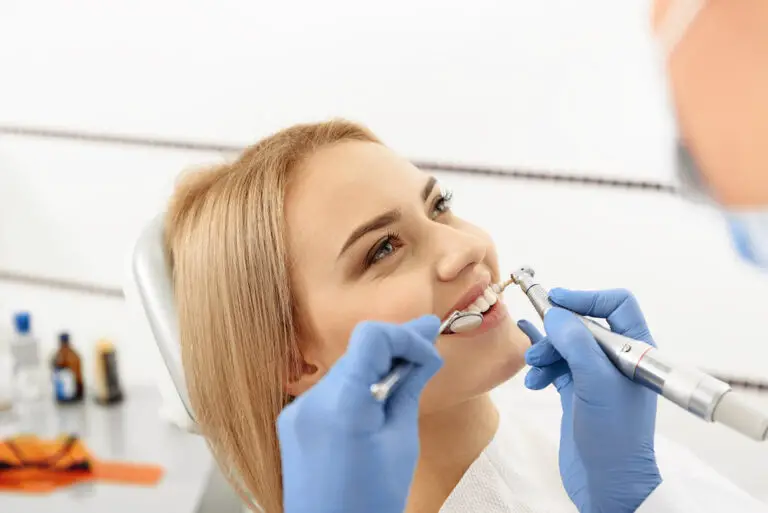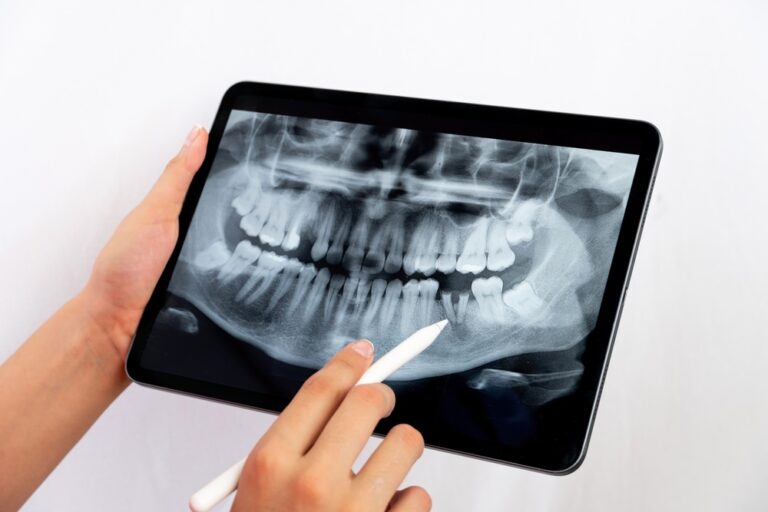Understanding how teeth are structured and respond to heat
Human teeth are complex structures composed of multiple integrated hard tissues that each respond differently to heat. The outermost visible layer of a tooth is the enamel. Enamel is highly mineralized and comprises over 95% crystalline hydroxyapatite, giving it high resistance to fracturing. Underneath the enamel layer is a bonelike tissue called dentin, which makes up the bulk of a tooth’s structure and provides support. At the very center of the tooth is the pulp, which is soft tissue containing nerves and blood vessels that provide the tooth’s sensory function and keep it vital.
The composition and configuration of enamel, dentin, and pulp lead to different thermal properties and vulnerabilities in each tissue. Enamel can withstand very high temperatures up to 1,112°F (600°C) before structural damage like cracking and fracturing begins to occur. The abundant mineral content and hydroxyapatite crystals tightly packed together provide effective protection from heat. Dentin is less resistant to heat than enamel due to its lower mineral composition and higher organic content. However, it can still tolerate temperatures up to 392°F (200°C) before collagen fibers holding dentin together start to break down leading to irreversible changes. The inner pulp has very low heat tolerance compared to the hard dental tissues. Temperatures above 105.8°F (41°C) will provoke inflammation and damage within the living cells in the pulp. At extreme temperatures, the tooth’s overall ability to withstand heat is limited by the vulnerability of the pulp.
How do the different structures of the tooth respond when exposed to high heat?
When teeth come into contact with external sources of very high temperatures, different types of damage can occur within the tooth structures depending on the intensity and duration of the heat exposure.
Effects on the enamel
As the outermost layer that encounters thermal threats first, the enamel bears the brunt of damage. At extremely high temperatures above 1,112°F (600°C), the enamel will start to crack and fracture under the stress, potentially causing pieces of enamel to break off or dental chips. This can expose more sensitive underlying dentin. Under circumstances of rapid, sudden heating, the outermost surface layer of the enamel can actually flake or peel off in a process known as spalling, caused by the outer layer expanding at a different rate than inner enamel. Spalling removes superficial enamel crystals, again making teeth more vulnerable to further insult.
Effects on the dentin
Because dentin contains more organic material than enamel, it is more vulnerable to heat damage. As dentin is heated to temperatures between 200-392°F (93-200°C), the hydroxyapatite crystals holding it together start to melt and decompose. This causes the dentin to lose minerals, undergo dehydration, and shrink slightly. With this mineral loss and shrinkage, microscopic spaces open up in the dentin, and the collagen fibers that normally provide dentin its flexibility and strength begin to unravel and collapse. These cumulative structural changes make the dentin more brittle and prone to cracking. They also reduce the dentin’s insulating capacity, bringing underlying pulp tissues closer to the heat source. If dentin remains heated above 392°F (200°C) for more than 5 seconds, the fundamental dentin structure breaks down altogether, which can allow severe inflammation and damage to spread deeper into the tooth.
Effects on the pulp
The tooth’s innermost pulp tissue has very little natural protection against heat due to the blood vessels and nerves it contains. Even mild increases of the pulp’s temperature to around 105.8°F (41°C) can provoke reversible pulpitis, involving inflammation, swelling, and heightened sensitivity/pain as the nerves fire. More extreme temperature spikes above 122°F (50°C) lead to death of cells within the pulp tissue, causing irreversible pulpitis. If left untreated, the inflammation and cell death advance deeper towards the root apex and ultimately lead to total necrosis and death of the entire pulp. Additionally, research shows that extremely rapid heating of the pulp by just 9-18°F (5-10°C) may induce fluid expansion and hydrostatic pressure buildup within the closed pulp chamber, damaging surrounding dentin walls. This thermal shock effect of sudden temperature change can leave microscopic cracks and channels through which bacteria may invade and cause pulp exposure.
What influences how damaging heat will be to the tooth?

Several factors impact the extent and severity of damage that heat exposure inflicts upon teeth:
- Temperature reached – Higher temperatures naturally cause more intense and extensive effects more quickly as tissues approach their limits.
- Duration of exposure – The longer the duration that heat is applied or contacted with the tooth surface, the greater the damaging effects. Brief contact causes substantially less harm.
- Rate of temperature change – How rapidly the tooth heats up also affects the damage incurred. Fast rates induce greater thermal stresses and shock effects as tissue expansion occurs violently. Comparatively, gradual heating allows more time for the dissipation of heat deeper into the tooth to minimize internal temperature gradients and reduces structural damage.
- Moisture content – Drier teeth without much saliva coating the surface can better withstand high external temperatures than wet teeth. Water and moisture content increase the rate that heat can conduct into and spread through the tooth, exacerbating thermal shock and inflammatory effects on the pulp.
- Age of tooth – Younger teeth tend to be able to withstand heat better and experience less damage than older teeth. This is because dentin and pulp lose elasticity, become more brittle and inflammation-prone, and accumulate microscopic defects over time which amplify thermal degradation.
- Location on tooth – The thinner enamel near the cementoenamel junction where the crown meets roots heats up faster than the thicker enamel on the top biting surfaces of teeth. Therefore, thinner enamel areas sustain more thermal damage, microfractures, and cracks.
What temperature thresholds are considered safe for dental procedures?
In dental treatments and procedures that involve exposures to elevated temperatures like drilling and laser ablation, care is taken to avoid exceeding temperature limits that could damage tooth structures:
| Dental Procedure | Approximate Temperature Limit |
|---|---|
| Drinking hot beverages | Up to 149°F (65°C) |
| Air/water dental drilling | Up to 122-194°F (50-90°C) |
| Tooth whitening light activation | Up to 104°F (40°C) |
| Enamel etching | Up to 122°F (50°C) |
| Laser cavity preparation | Up to 230-302°F (110-150°C) |
Higher temperatures than these thresholds can sometimes be endured very briefly without lasting effects. Using insulation, cooling sprays, and allowing adequate intervals between heat exposures can help prevent dangerous heat accumulation in the tooth during prolonged procedures. However, exceeding these guidelines substantially or repeatedly risks irreversible damage to pulp or hard tissues.
How do common hot and cold food/drink exposures tend to affect teeth?
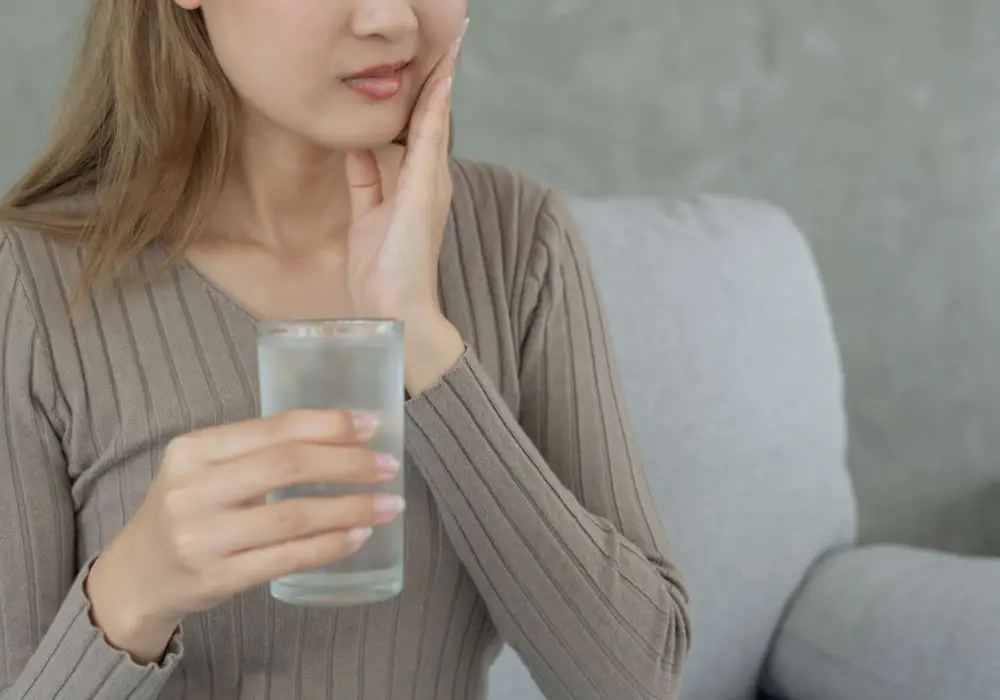
Teeth routinely come into direct contact with hot and cold consumables below the extreme temperatures that dental offices caution against. But even everyday thermal exposures can impact tooth health, within limits.
Drinking hot coffee, tea, or soup
- Brief contact with drinks heated up to 149°F (65°C) are generally well tolerated without any dental damage thanks to the short exposure time.
- Above this level, regularly consuming very hot beverages over many years can contribute to superficial cracks forming in the enamel.
- Frequent alternating between very hot and very cold drinks can accentuate thermal shock effects.
Biting into hot pizza or cold ice cream
- Brief contact with hot foods warmed up to 140-185°F (60-85°C) during eating are unlikely to cause damage. Prolonged chewing of hot foods may inflame the pulp.
- Icy foods around 32°F (0°C) straight from the freezer can provoke short-lived, reversible pulpitis manifesting as temporary tooth sensitivity, but no permanent effects.
- Hard or crunchy food textures further enhance pain from temperature extremes.
Heat from an open flame such as a candle or lighter
- Direct flames above 1,112°F (600°C) can fracture enamel after just 1-2 seconds of contact.
- Even lower flame temperatures can char and degrade enamel over time with sustained exposure.
Heated tobacco products like cigarettes and pipes
- Pipe smoking involves prolonged heat exposure in the 400-500°F (204-260°C) range applied directly to clenched teeth, which can cause enamel cracks and abrasions over time.
- Cigars and cigarettes have been measured to burn at around 1100°F (593°C), briefly exposing teeth to temperatures high enough to cause enamel fractures and chipping with repeated contact.
How can you prevent thermal damage to teeth?
Some tips to help minimize the harmful effects of temperature extremes on your dental health include:
- Allow hot foods and drinks a couple minutes to cool down closer to body temperature before placing them in your mouth.
- Avoid putting extremely hot or cold items directly on tooth surfaces. Use your lips as a buffer.
- Chew gently and don’t bite forcefully on hard foods served at hot or cold extremes.
- When alternately consuming hot and cold foods/drinks, swish water in between to stabilize intraoral temperature.
- If smoking cigarettes, cigars, or a pipe, don’t place them directly on your teeth. Use a holder or filter to dissipate heat.
- Get regular dental checkups for early detection of microcracks that could worsen with heat exposure.
- Use conservative temperatures and frequency when whitening teeth to avoid unnecessary cumulative heat damage.
Being mindful of limiting temperature spikes and swings your teeth endure can help preserve their structural integrity despite normal daily functions. But seek prompt dental care if you experience any thermal sensitivity, pain, or damage.

Frequently asked questions
1. What temperature can permanently damage teeth?
Temperatures above 122°F (50°C) sustained on the tooth surface can lead to irreversible inflammation and eventual pulp necrosis. Regarding enamel, permanent effects like chipping may become evident after repeated exposure to temperatures over 600°F (315°C). However, the exact damaging threshold depends greatly on the length of exposure.
2. Do toasted marshmallows damage teeth?
Normal marshmallow toasting exposes teeth to temperatures around 400°F (204°C), but only very briefly. This short duration of contact doesn’t cause any serious damage. However, repeatedly burning marshmallows beyond a light toast could begin degrading and eroding the enamel over many occasions.
3. Can hot coffee stain or damage teeth?
Coffee temperatures up to 149°F (65°C) are safe for teeth with brief contact. However, drinking large amounts of piping hot coffee every day for many years may contribute to superficial enamel cracks forming. The tooth-staining effects of coffee are also enhanced at higher temperatures.
4. Does ice hurt your teeth?
Hard frozen ice below 32°F (0°C) pressed directly on teeth can provoke short-lived tooth sensitivity and pain as the cold elicits a temporary inflammatory pulpitis reaction. However, this is a reversible effect that causes no permanent damage. Less extreme cold from ice water is less likely to irritate teeth.
5. Can teeth be damaged by heat from smoking?
Yes, the elevated temperatures from cigars, cigarettes, pipes, and other heated tobacco products can degrade and fracture tooth enamel over repeated exposure. Pipes burn around 400-500°F (204-260°C) applied to clenched teeth. Cigars and cigarettes can reach up to 1100°F (593°C), hot enough to quickly damage enamel.


